
San Francisco Walking Tour and Giants Game 5-1-12
The total distance for our walk was:
16 miles
16 miles

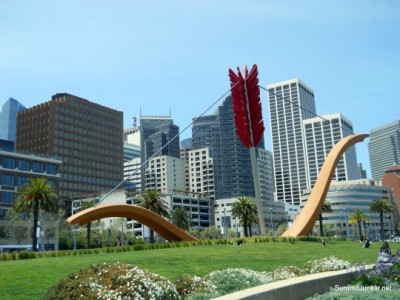
It was a beautiful spring day, and Jen and I had tickets to the Giants game in San Francisco. Getting off work early, we decided to do a bit of walking in the city before the game. We started by parking near ATT Park at the Safeway parking garage on The Embarcadero. We then walked north under the Bay Bridge and continued up The Embarcadero to Pier 39 and Fisherman's Wharf.

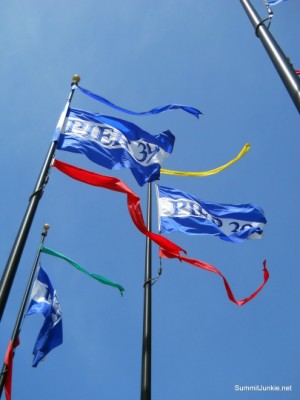
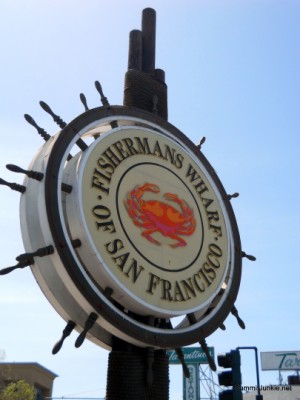
Fisherman's Wharf
History: Fisherman's Wharf gets its name and neighborhood characteristics from the city's early days during the Gold Rush where Italian emigrent fishermen settled in the area and fished for the Dungeness Crab. From then until present day it remained the home base of San Francisco's fishing fleet. Despite its redevelopment into a tourist attraction during the 1970s and 1980s, the area is still home to many active fishermen and their fleets.
History: Fisherman's Wharf gets its name and neighborhood characteristics from the city's early days during the Gold Rush where Italian emigrent fishermen settled in the area and fished for the Dungeness Crab. From then until present day it remained the home base of San Francisco's fishing fleet. Despite its redevelopment into a tourist attraction during the 1970s and 1980s, the area is still home to many active fishermen and their fleets.
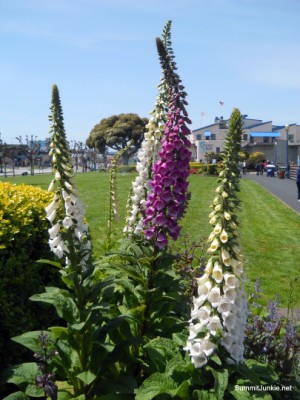
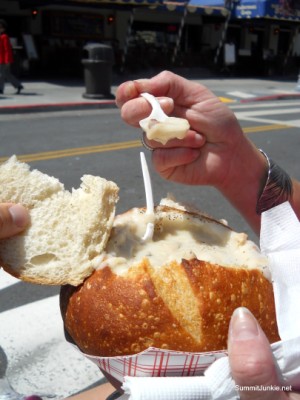
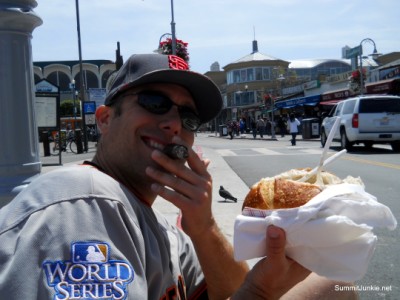
We bypassed Pier 39 and went to Fisherman's Grotto next door. There are numerous restaurants and outdoor vendors selling seafood and chowder. We stopped and shared a clam chowder bread bowl.
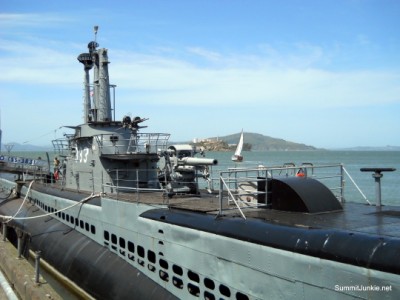
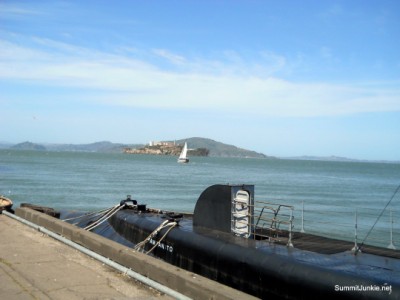
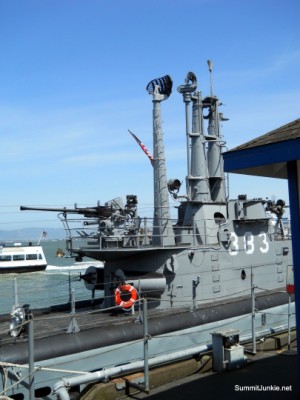
Our next stop was the SS Jeremiah O'Brien, just behind Fisherman's Grotto. The SS Jeremiah O'Brien is a Liberty ship built during World War II and named for American Revolutionary War ship captain Jeremiah O'Brien (1744–1818). Now based in San Francisco, the Jeremiah O'Brien is a rare survivor of the 6,939-ship armada that stormed Normandy on D-Day, 1944, and one of only two currently operational World War II Liberty ships afloat of the 2,710 built during the war
There is also a submarine moored here: The USS Pampanito, a Balao-class submarine, was a United States Navy ship, the only one named for a variety of the pompano fish. She completed six war patrols from 1944 to 1945 and served as a Naval Reserve Training ship from 1960 to 1971. She is now a National Historic Landmark, preserved as a memorial and museum ship in the San Francisco Maritime National Park Association.

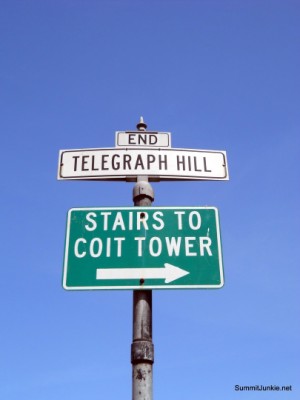
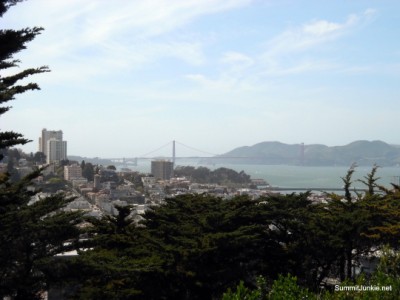
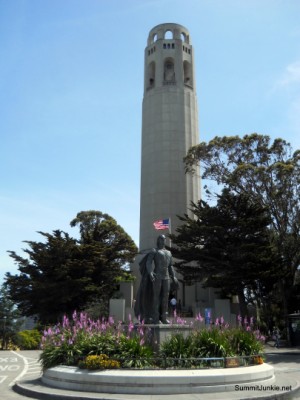
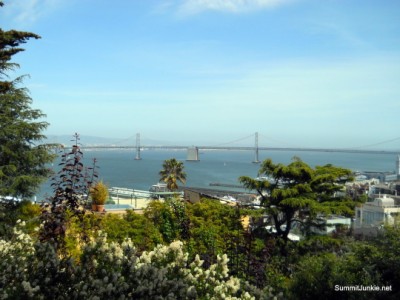
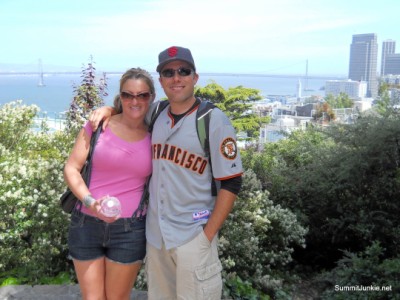
Next we climbed up to the top of Telegraph Hill and to the Coit Tower.

The view from Coit Tower is quite stunning. There is parking at the base, and although there is a $7 fee to go to the top of the tower, it is worth the trip just to see the murals and surroundings. The panoramic picture below is taken from the top of the tower (not by me unfortunatly)

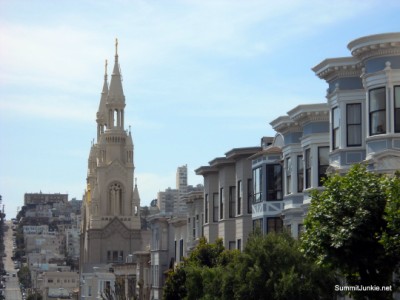
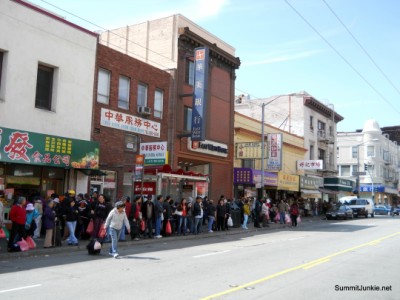
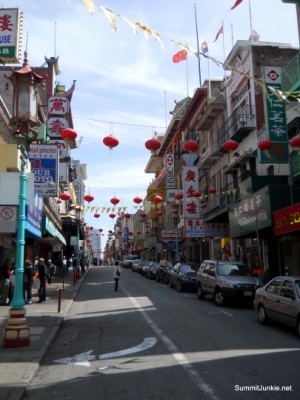
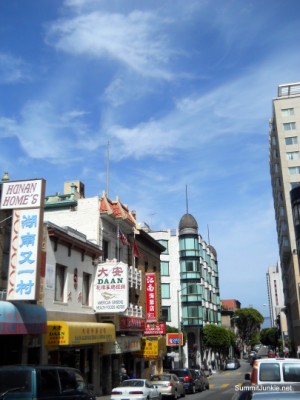
From Telegraph Hill we walked down into Chinatown. San Francisco's Chinatown is the oldest Chinatown in North America, and the largest Chinese community outside Asia. Since its establishment in 1848, it has been highly important and influential in the history and culture of ethnic Chinese immigrants to the United States and North America. Chinatown is an active enclave that continues to retain its own customs, languages, places of worship, social clubs, and identity.
Popularly known as a "city-within-a-city", it has developed its own government, traditions, over 300 restaurants, and as many shops. There are two hospitals, numerous parks and squares, a post office, and other infrastructure. Visitors can easily become immersed in a microcosmic Asian world, filled with herbal shops, temples, pagoda roofs and dragon parades. In addition to it being a starting point and home for thousands of Chinese immigrants, it is also a major tourist attraction - drawing more visitors annually to the neighborhood than the Golden Gate Bridge.

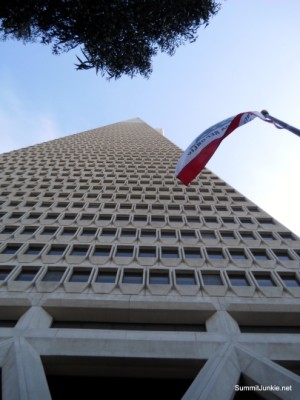
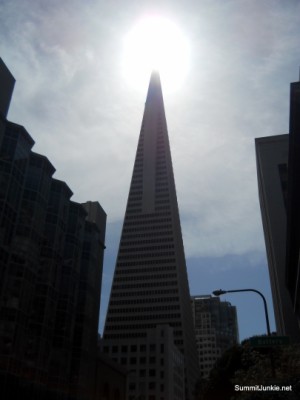
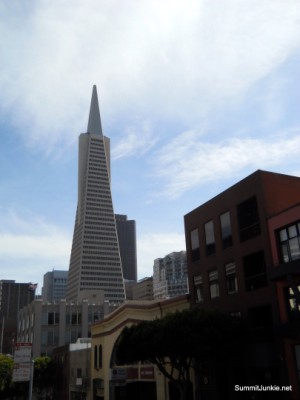
After leaving Chinatown we walked through the Downtown area. The Transamerica Pyramid is the tallest skyscraper in the San Francisco skyline and one of its most iconic. Upon it's completion in 1972 it was among the five tallest buildings in the world at 850 feet.

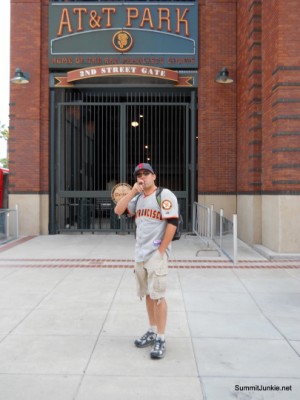
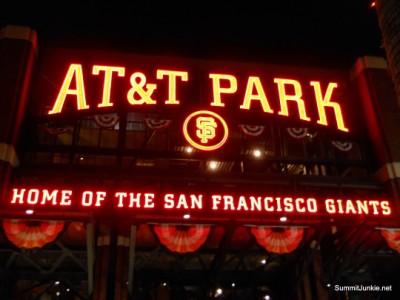
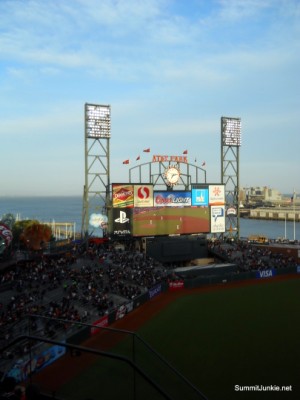
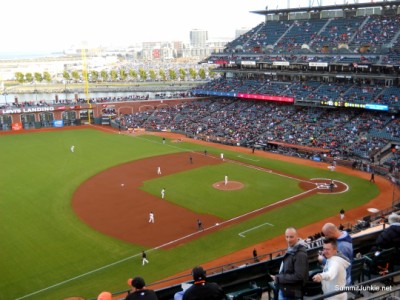
We finished off our day at AT&T Park for a Giants game. AT&T is an awesome ballpark, the perfect place to catch a game. When it opened on March 31, 2000, the ballpark was the first Major League ballpark built without public funds since the completion of Dodger Stadium in 1962. The Giants have a 66-year lease on the 12.5-acre ballpark site, paying $1.2 million in rent annually to the San Francisco Port Commission. The park opened with a seating capacity of 40,800, but this has increased over time as seats have been added. The stadium cost $357 million to build and replaced the Giants' former home, Candlestick Park.
A team of engineers from UC Davis was consulted in the design process of the park resulting in wind levels that are approximately half those at Candlestick. Fans had shivered through 40 seasons at "The 'Stick" and looked forward to warmer temperatures at the new ballpark. But because AT&T Park, like its predecessor, is built right on San Francisco Bay, cold summer fog and winter jackets in July are still not unusual at Giants games, despite the higher average temperature.